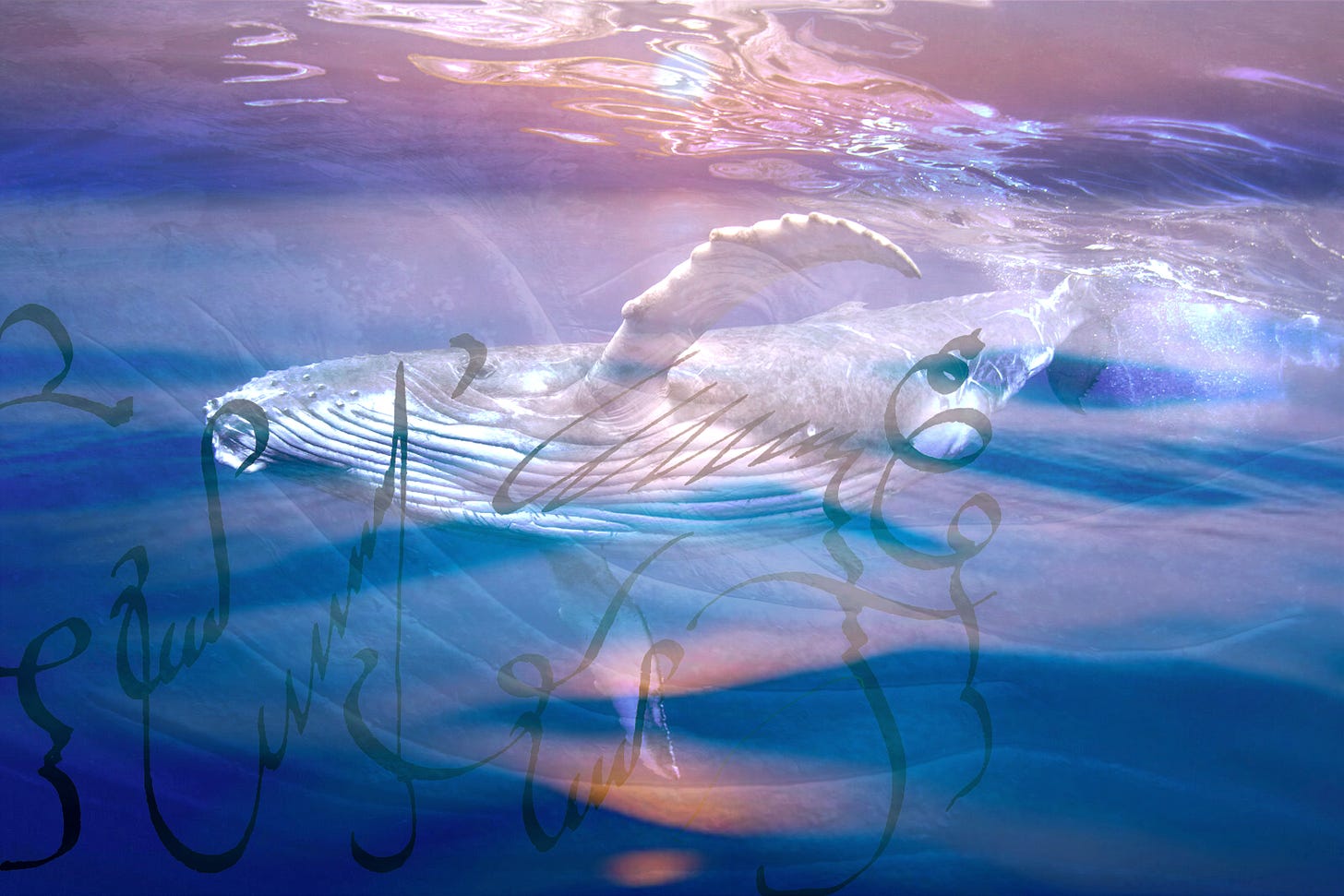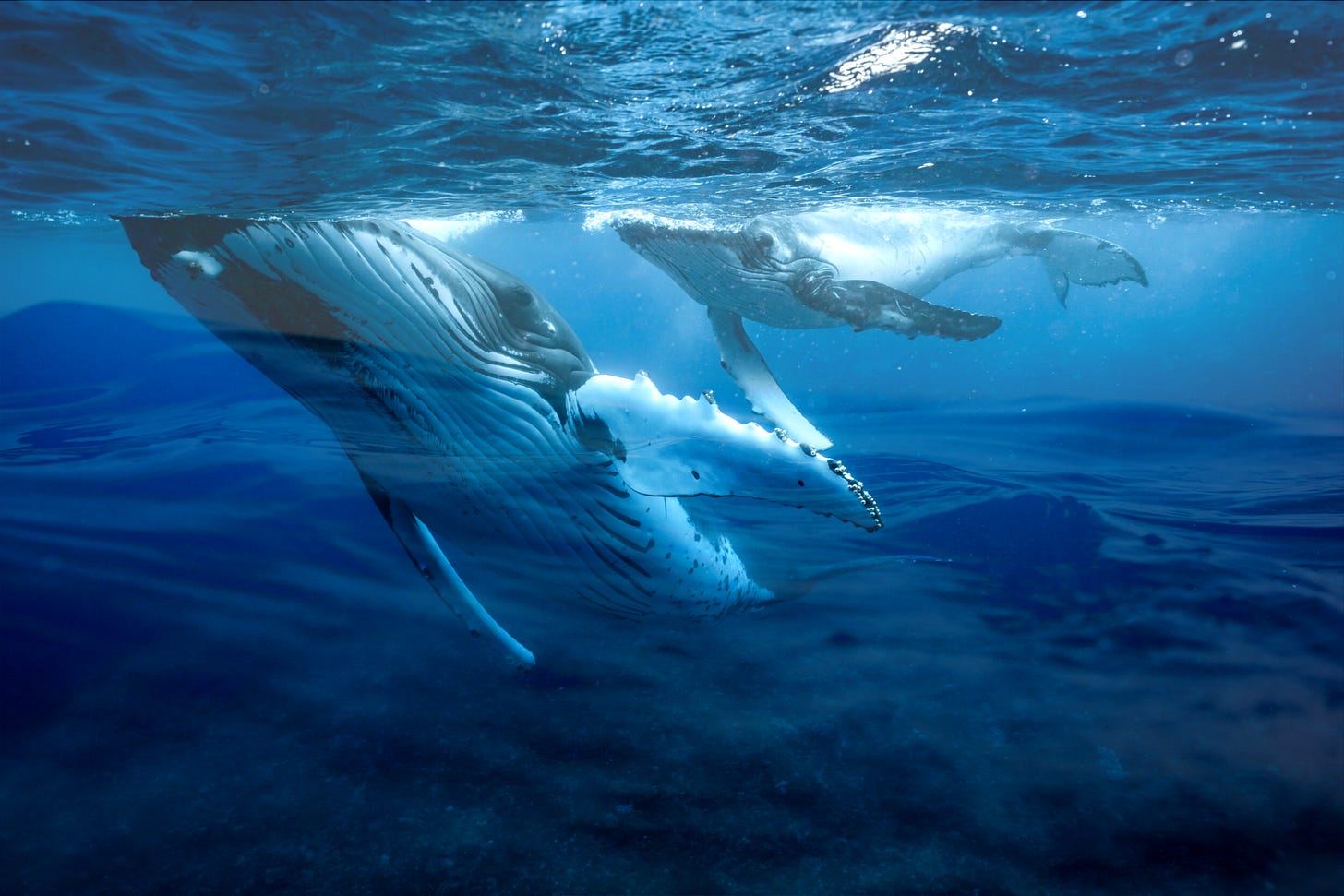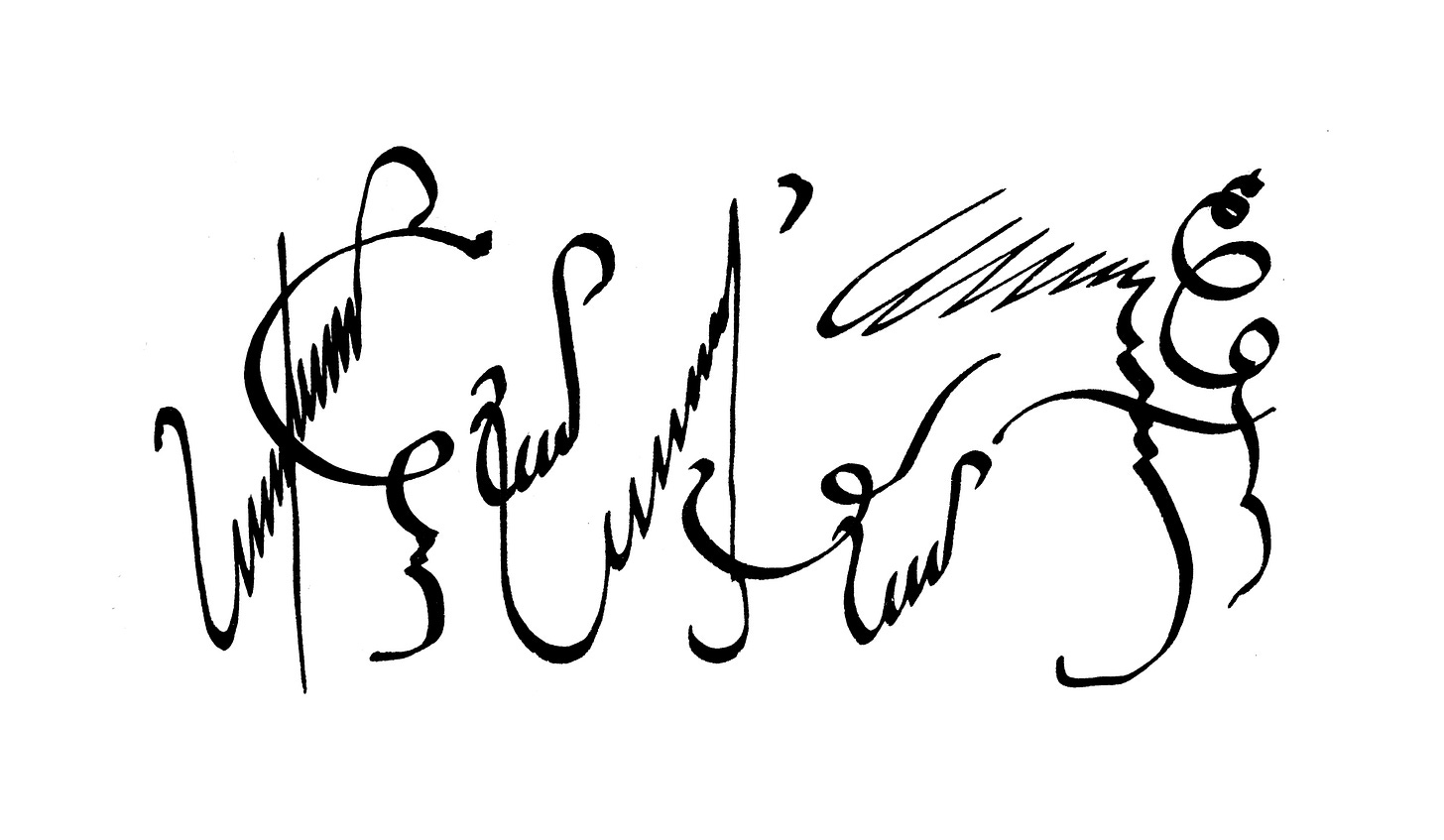“How did wolves, hawks, or blue whales communicate? What is the language of insects and plants? Our ancestors knew. They coexisted with them. Now, immersed in our anthropocentrism, we have forgotten it. If we truly listened to them, we would be speechless.”
-Ariel Guzik
I’ve been thinking about language and communication lately. How words sometimes feel like these fragile little things, stretched thin, trying to bridge distances, encapsulating life and very real experiences into sounds. I often wonder about the meaning of bird songs— what messages and codes they convey. If a dog’s bark contains a specific message, or if the message is in the tone of the bark itself, communicating through the pitches in its body and what those pitches evoke emotionally in the receiver.
Language has always fascinated me, especially the question of how languages first formed and came to be. It’s almost impossible to imagine a world without it. Just thinking about how each language evolved into the countless dialects we hear today consumes me with curiosity. As I think about this specifically regarding human language, I grow curious as to how this also might have happened in the animal, plant, and every other kingdom.
I first encountered the work of Ariel Guzik in Oaxaca City a couple of months ago. Guzik is a Mexican, multidisciplinary artist who is also fascinated with language, specifically the languages found in nature. And more specifically, cetaceans, meaning whales and dolphins. He has a love affair with their songs and sounds, and has designed and engineered mechanisms and instruments that engage with and tap into these languages. That’s what his work Cetacean Calligraphy is about.
He’s created machines that are sent to very deep corners of the oceans around the world, listening to the songs of whales and dolphins. Cápsula Nereida, one of these machines, is a submarine with a nucleus that contains instrumental chords. When cetaceans sing or emit echoes around it, a harmonic resonance is created. Its strings reverberate from the interior of the radiant quartz capsule, responding with its own voice, sending back subtle songs to these marine beings.
Guzik emphasizes that his intention isn’t to conduct a scientific exploration, but rather to establish a non-invasive encounter with these ocean creatures— beings he is drawn to for their spiritual force, memory, and wisdom.
In his essay on Cetacean Caligraphy, Guzik explains that cetaceans live in a sonic universe. Those with teeth— like dolphins, orcas, and sperm whales— possess prodigious sonars in their skulls. They see the world through the sonic echoes they emit, essentially seeing through sound. Their vibratory expressions create a sort of synesthesia. On the other hand, toothless cetaceans possess the virtue of singing. The infrasonic prayers of blue whales, the hymns of humpbacks, and the ancestral roars of gray whales are not only languages but also, given the sonic permeability of the sea, unlikely forms of echolocation. These songs, and their echoes, span vast oceanic extensions.
These songs and vibrations can be felt in the bones, the way a song presses into the skin and leaves you marked by its presence. I have had the incredible luck of hearing whale songs on Gorgona Island, in Colombia. It had been a dream of mine for years. We were able to see humpback whales last June. Every time we saw them jumping in the water, my friends and I would run into the ocean and submerge our heads underwater to hear them sing. One day, while snorkeling, we heard a whale giving birth. A couple of minutes later, we saw her and her calf jumping with joy, celebrating the baby’s entrance into the world.
Another fascinating aspect of Guzik’s work is what he calls Cetacean Caligraphy. It is a visual language composed of symbols, ideograms, and strokes. These symbols, born from his dreams with cetaceans, embody the rhythm of nature— tracing the movement of waves, wind, tides, and even the passage of time. Each stroke is a meditation on the harmony between different forms of consciousness, mirroring Guzik’s longing for deep, mystical exchanges with the ocean’s creatures.
Through his work, it feels as if the sea is speaking in forgotten verses, poems woven into the depths. As witnesses, we are invited to see these songs and stories unfold beneath the surface, a reminder that there is art and life happening all around us. It reminds us that we’re part of something so much bigger—an intricate, pulsing web that holds us all.
A teacher once told me that cetaceans are harmonizing the ocean's waters with their songs, bringing them back into balance. These voices, everything they’re communicating comes from an ocean that is hurting. Pollution, warming seas, plastic islands drifting through once-pristine waters… The voices that Guzik captures remind us of what’s at stake. Their survival is tied to our own, their songs echoing a warning, asking us to listen.
We spend so much time talking, sharing, and filling spaces with noise that we forget about tuning in. Letting the world speak. The whales’ songs invite us into that quiet place, a space where communication becomes something sacred.
I now like to pause when I am by the ocean, tuning in to this vast, breathing entity, full of voices, full of stories. There’s a conversation happening beneath the waves, one that’s been going on far longer than we have. As Guzik suggests, if we listen closely, we might just hear it.
Tune into the symphony of the sea with this playlist:





This was such a beautiful read all together. Thank you for the reminder that we are surrounded by art. Also, how fortunate to experience the joy of the birth of a whale?! So happy for you.